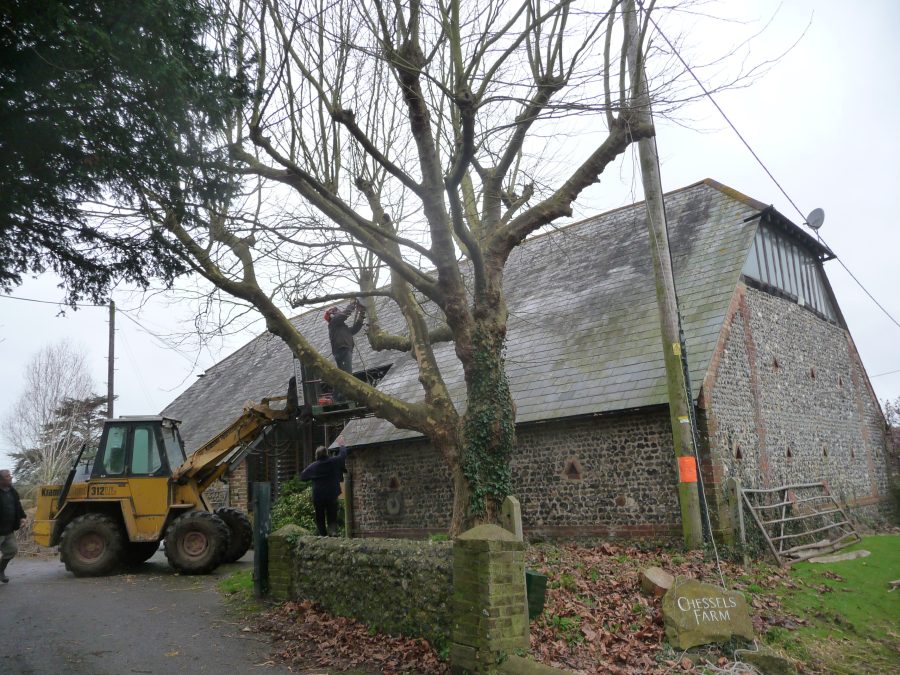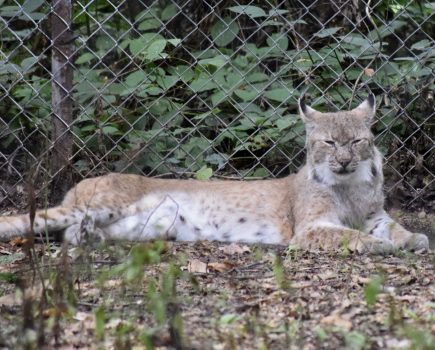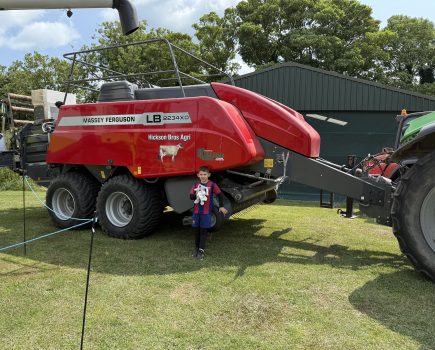Following the high profile felling of a lone sycamore in Northumberland, news of a proposed ban is no great surprise, but my hope is that any ban isn’t taken too far, with the usual gold plating by officialdom in government or local council offices.
There can be no defending the manner in which some developers have felled trees overnight to get round planning objections, although one wouldn’t think the felling of that old tree was done for that reason, although it’s quite hard to think of a reason!
Any farmer with trees on his land will always have to fell, or take limbs off, a number every year. It’s called land management. If a tree is leaning towards power lines, restricting farming operations or affecting someone’s property, it’s simply prudent to deal with it before it causes damage. If it’s just a matter of removing a couple of limbs, no one else should be involved. What no responsible farmer wants is to be filling in a mass of forms before doing any of these jobs.
Obviously, if disease attacks a species then it will be clear enough what’s required. Over the years we have had the sad task of felling hundreds of stately trees, starting with elms here in the 1970s and 80s. What a tragedy that was, for us and particularly for the rooks, who built their nests high in the treetops. Elm was never considered very good firewood because it didn’t burn well in open hearths, therefore much, including the roots, was buried.
Then we had the great storm of 1987 which took out hundreds of our majestic beeches on the South Downs, either just blowing them over from the roots and leaving huge chalk ‘tombstones’ as reminders for years after, or smashing the tops out and leaving us to fell what remained. Demand for firewood evaporated, so much timber had to be burned. It changed views on the downs considerably.
More recently we have seen the third natural tree disaster in the shape of Ash dieback. We had so many of these, probably the loveliest British tree, lining the fields on the hill farm, along with many alongside a main road, leaving us no option but to get a specialist tree feller in to remove them before there was an accident.
In all these cases the last thing we needed would have been to be told we had to get permission from some office bound Tom, Dick or Harry. Generally speaking, farmers or landowners should need no permission, since they would be the last one to fell an ‘old friend’. So, all we can do is wait and see what this (basically sensible) idea turns into by the time it’s been through the various legislators’ offices. Over the past years my farming business has planted almost three million trees in West Sussex and Scotland, with plans now in hand to plant another 22,000 to 25,000 hardwood species here in Sussex.
During the years we have only had one serious ‘run in’ with local planners, over one large London Plane (Platanus Hispanica). It happened when a newcomer to my hamlet decided it should be left, despite the fact that it was starting to move the flint wall of a 500 year-old barn. Happily, after numerous meetings with planners and the inevitable time wasting, common sense prevailed and both the tree, and the aforementioned newcomer to the hamlet, went.
There is not a lot to commend February, although it has given me some of the best days of my life. Workwise, sitting on an old, cabless Fordson Major up on the hill farm, taking advantage of an early dry spell to get the first spring barley drilled. The sky full of gulls, peewits and curlew scavenging for worms and grubs in the newly moved earth under a clear sunlit sky as a fierce northerly wind swept across the Downlands. Work made better by the thought of the daily lengthening minutes of sunlight and thoughts of the warmth of the spring to come. Soon after, the meadows were tidied and work would turn to early turnout of the herds, giving some break in the long and tedious winter monotony for the herdsmen.
Back then February also meant our annual holidays up in the high Swiss alpine village of Murren, a place I was lucky enough to go to for over 50 years with many great friends, skiing in places only relatively few skiers will ever ski on, or even see, reached by small, ski-fitted, fixed wing aircraft or, latterly, helicopters, and climbing close to the ‘north face’ of the Eiger, or Jungfrau, to reach those stunning snowfields above.
Sadly, but inevitably, most of those old friends have now departed but, my goodness, we had fun in those Februarys past. I remember on one of my earliest trips the guide told us that from our high vantage point we could see seven countries. On other days we would join less adventurous friends on the curling rink, with its associated competition and socialising,
This year things are different; the land is still recovering from the seemingly endless recent flooding, although having made progress early in the autumn we had all seasonal jobs behind us before the deluge began in mid-October.
This February should be fairly quiet, before spring kicks off in March. So, “the wheel turns” – but the memories last a lifetime.
Pictured: London Plane tree in 2011







